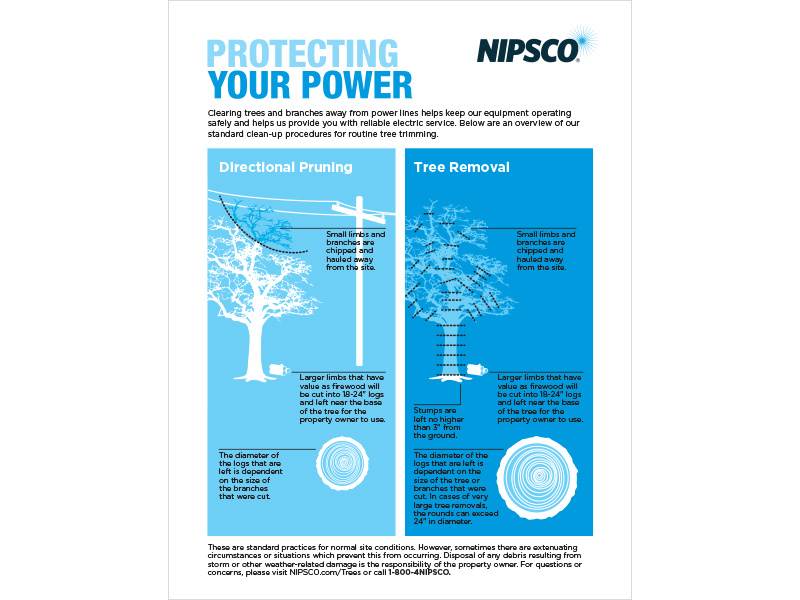Tree Removal Aftercare: Best Practices For Landscape Recuperation
Tree Removal Aftercare: Best Practices For Landscape Recuperation
Blog Article
Short Article By-Berman McCollum
After a tree's elimination, your landscape may look fairly different, and it's vital to analyze the after-effects carefully. You'll wish to review the soil disruption and examine bordering plants for any indications of tension. Neglecting these elements can lead to larger problems down the line. So, what should you make with those stumps and roots? And just how do you select the best plants for your revitalized room? Let's check out these essential actions.
Evaluating the After-effects: Evaluating Your Landscape
After a tree elimination, it's essential to examine your landscape to recognize the impact it has on your yard.
Begin by examining the location where the tree stood. Search for signs of soil disruption, and inspect the bordering plants for any kind of stress or damage.
You should also take note of just how the elimination has actually altered sunlight direct exposure and air movement in your yard. This shift can influence the development of neighboring plants, so it's essential to assess their health and wellness.
Think about the visual facets as well; the elimination might develop an open space that you can redesign.
Lastly, think about any kind of potential disintegration concerns that may develop from the tree's absence. Resolving these variables early will aid restore equilibrium to your landscape.
Dealing With Stumps and Origins: Options for Removal
Once you've analyzed the consequences of the tree removal, you'll likely require to take on the stump and origins left behind.
You have a few choices for elimination. Tree Trimming Images is stump grinding, where a specialist utilizes a device to grind the stump to underground degree. This method leaves minimal interruption to your landscape.
If you like a do it yourself approach, you can make use of a mix of digging and chemical stump eliminators. Simply keep in mind, this process can take time and effort.
Alternatively, consider leaving the stump as a natural feature, which can serve as an unique yard element or environment for wildlife.
Whatever you choose, resolving the stump and origins is vital for restoring your landscape.
Choosing the Right Plants for Your New Space
As you analyze your newly removed space, selecting the right plants can substantially boost your landscape's elegance and performance.
Begin by thinking about the sunlight and dirt problems. For sunny locations, choose drought-resistant plants like lavender or succulents. In shaded spots, ferns and hostas prosper well.
Think about the size and growth routines of your plants; mix perennials and annuals for seasonal selection. Don't forget to integrate indigenous varieties; they call for less upkeep and support neighborhood wild animals.
just click the next website page in odd numbers for a much more all-natural look and develop layers for aesthetic deepness.
Finally, guarantee you have a mix of colors and structures to keep your landscape lively throughout the periods.
Delighted growing!
Final thought
In conclusion, recovering your landscape after tree removal is a fulfilling process. By evaluating the consequences, dealing with stumps and roots, and choosing the right plants, you'll produce a thriving setting. Do not forget to include erosion control actions to safeguard your soil. With a little effort and care, you can transform your area into a vibrant garden that improves your building. Embrace Tree And Shrub Removal Near Me to renew your landscape and appreciate the beauty of nature right in your yard!
